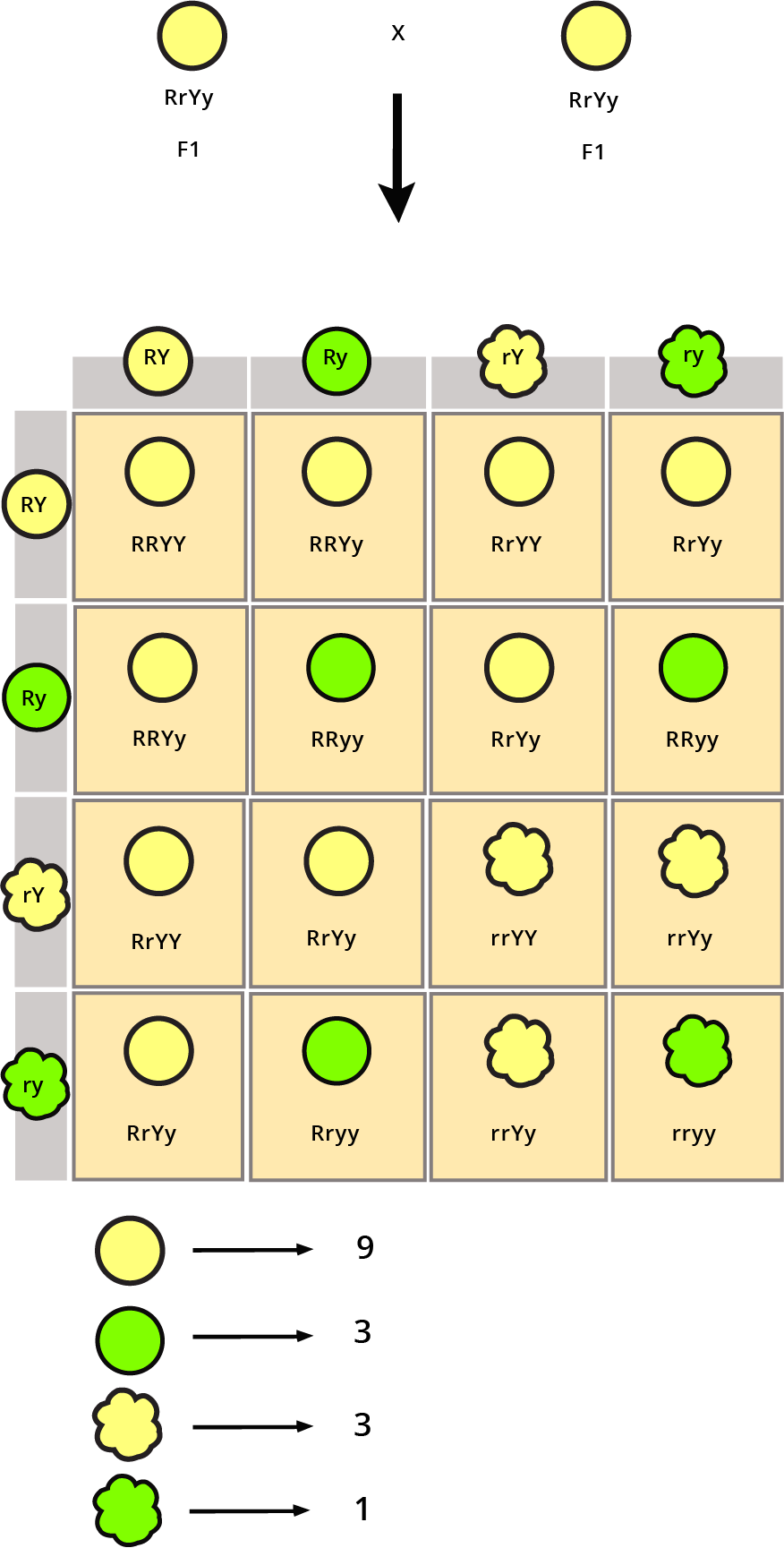Science Notes for Chapter 8 Heredity and Evolution Class 10 - FREE PDF Download
Heredity and Evolution Class 10 Science Chapter 8 CBSE Notes - 2025-26
FAQs on Heredity and Evolution Class 10 Science Chapter 8 CBSE Notes - 2025-26
1. What are the key points to focus on for a quick revision of Heredity and Evolution in Class 10?
For a quick revision of Heredity and Evolution, concentrate on Mendel’s laws of inheritance, differences between acquired and inherited traits, monohybrid and dihybrid crosses, the significance of variation and how it leads to evolution, as well as the process of speciation and the role of fossils in tracing evolutionary history.
2. How do revision notes help simplify the concepts of heredity and evolution for CBSE Class 10 Science?
Revision notes break down complex concepts into concise summaries, highlight important laws like dominant and recessive traits, provide examples such as Mendel’s experiments, and present definitions and diagrams in a student-friendly manner. This makes it easier to recall and connect different topics during exam preparation.
3. What is the role of Mendel’s experiments in understanding heredity as per the Class 10 curriculum?
Mendel’s experiments established the basic rules of inheritance, demonstrating how traits are passed from parents to offspring using pea plants. His findings led to the principles of dominant and recessive traits and the laws of segregation and independent assortment, forming the foundation of classical genetics in Class 10 Science.
4. Which diagrams and concept maps should be included when revising Class 10 Heredity and Evolution?
Include diagrams of monohybrid and dihybrid crosses (showing allele combinations), concept maps linking heredity, genetic variation, and evolution, and flow charts of the fossil formation process and types of characteristics (homologous and analogous). These visuals clarify processes and relationships within the chapter.
5. Why is understanding the difference between acquired and inherited traits important for board exam revision?
Recognising the difference between acquired and inherited traits is crucial because it clarifies what types of characteristics can be passed to the next generation. Inherited traits result from genes and are fundamental to evolution, while acquired traits are not genetically transmitted. This concept often appears as a short or long answer in CBSE board exams.
6. What are the essential characteristics of homologous and analogous organs that students need to summarise?
Homologous organs have a similar basic structure but may have different functions and share a common evolutionary origin, for example, the forelimbs of humans and bats. Analogous organs perform similar functions but have different structures and origins, such as the wings of bats (skin fold) and birds (feathered limb).
7. How can identifying the importance of variation improve answers in Heredity and Evolution revision notes?
Highlighting the importance of variation shows an understanding that genetic differences within a population provide raw material for natural selection. This enables species to adapt to environmental changes over generations, a core concept regularly tested in exams and central to the evolutionary process.
8. What steps should students take to effectively use the revision notes for Class 10 Chapter 8?
- Read through summaries and highlight key terms such as genotype, phenotype, and evolution.
- Draw and practice labelling diagrams and Punnett squares.
- Review main examples given for each topic.
- Create flashcards for quick recall of laws, definitions, and differences.
- Solve short practice questions and explain concepts aloud as part of self-revision.
9. In what ways do revision notes connect heredity concepts to real-life examples for Class 10 students?
The notes relate heredity concepts to everyday scenarios like eye colour, blood type, and free or attached earlobes, helping students appreciate how genetic inheritance operates practically, and making the material more relatable and memorable for exams.
10. Why is it beneficial to frequently revisit Heredity and Evolution revision notes during exam preparation?
Repeatedly reviewing revision notes helps reinforce core concepts, strengthens memory, and enhances recall of important definitions, laws, diagrams, and examples. This frequent practice leads to better performance in writing clear and concise answers during the exam.
11. How do revision notes clarify the process of speciation in the context of Class 10 Science?
Revision notes outline speciation as the process through which new species arise when populations become geographically isolated, accumulate genetic differences, and can no longer interbreed. The notes break down contributing factors such as geographical barriers, variation, and natural selection, making the concept easier to understand for students.
12. What strategy should students follow to cover all CBSE syllabus topics in Heredity and Evolution quickly?
Begin with a concept map of all chapter topics, focus on definitions and differences, use diagrams for genetic crosses, summarise each law or principle, and check lists of key terms. Allocate extra time to areas with complex processes or common misconceptions to ensure comprehensive coverage before the final exam.




















 Watch Video
Watch Video





















